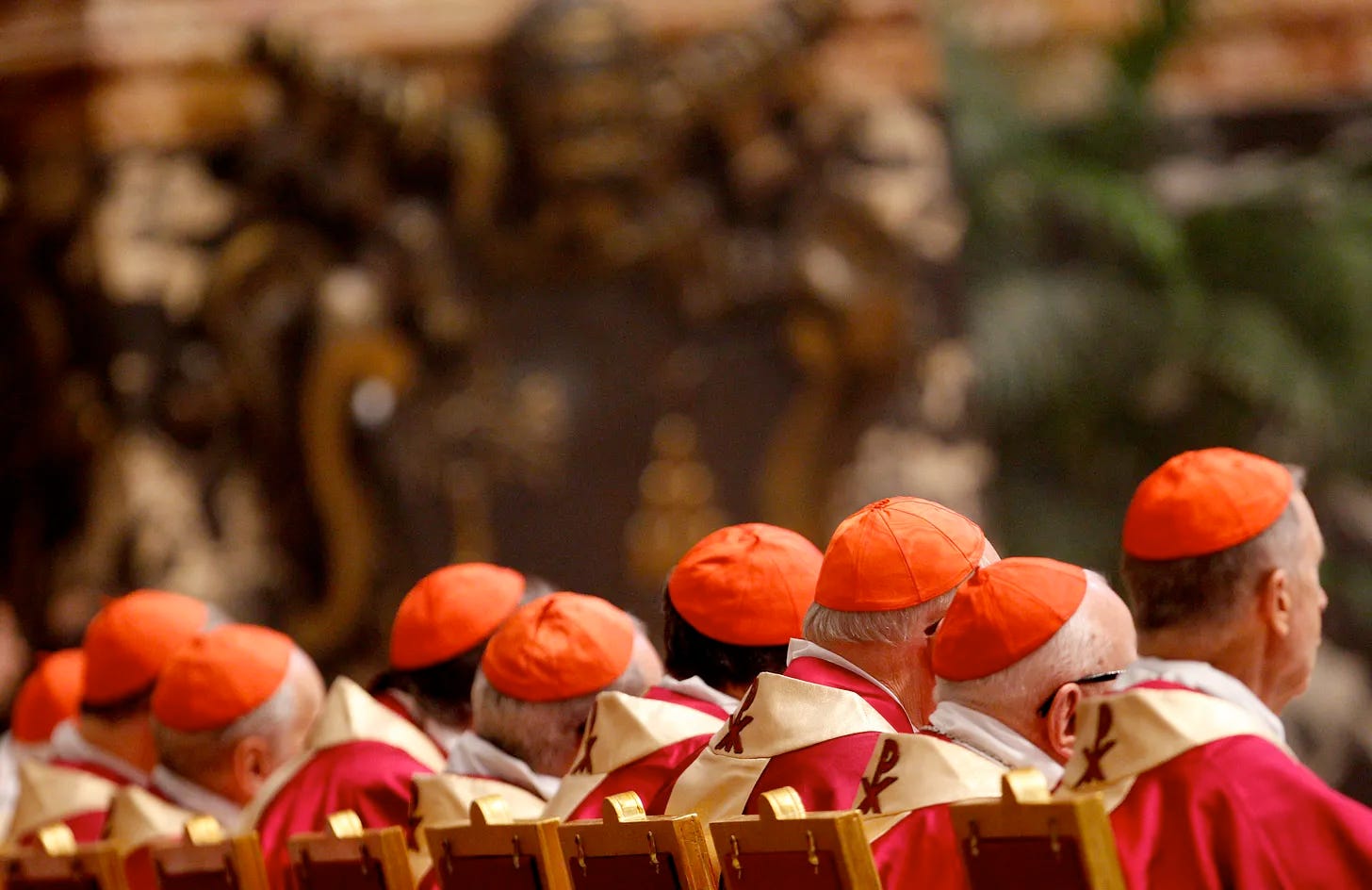Consistory mathletics, the Vatican’s bank, and ‘He’s just not that into you’
The Friday Pillar Post
Happy Friday friends,
And welcome to consistory weekend.
All the cardinals of the world (at least those able to travel) are descending on the Vatican ahead of tomorrow’s opening session, when the pontiff will create 20 new members of the college, the majority of…

